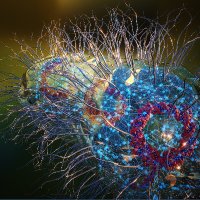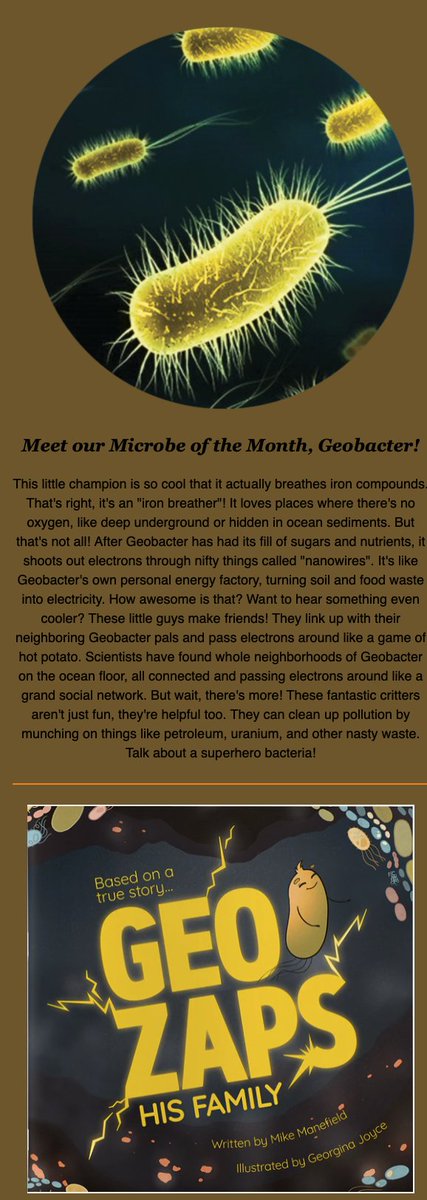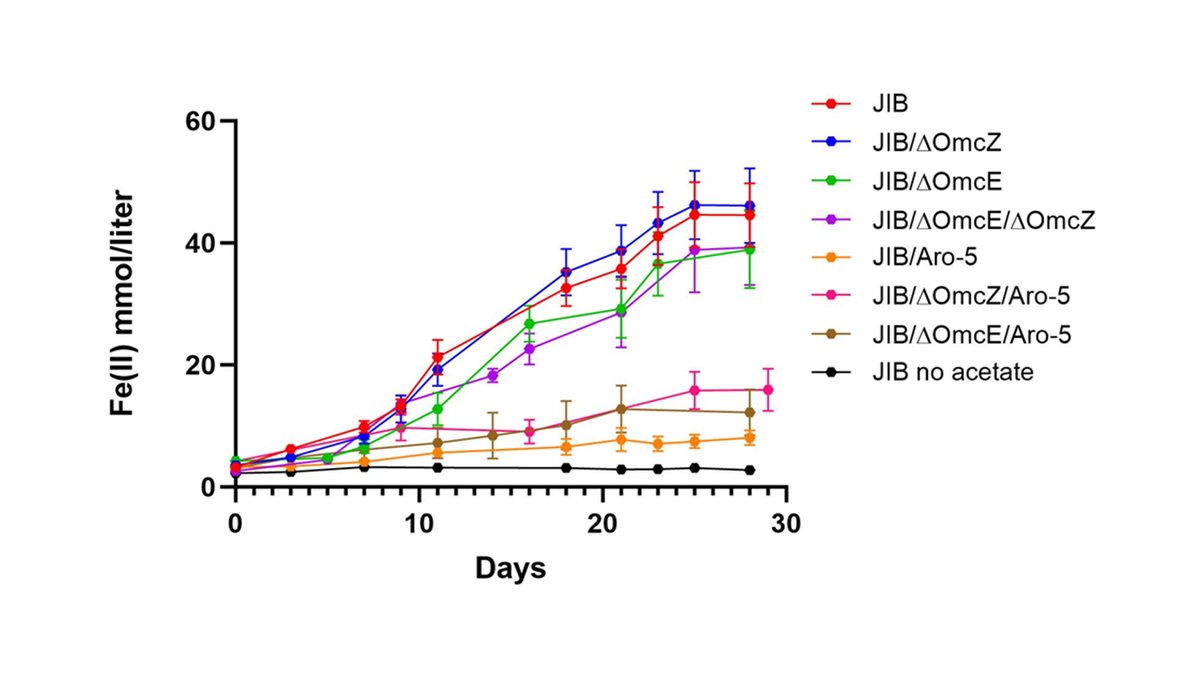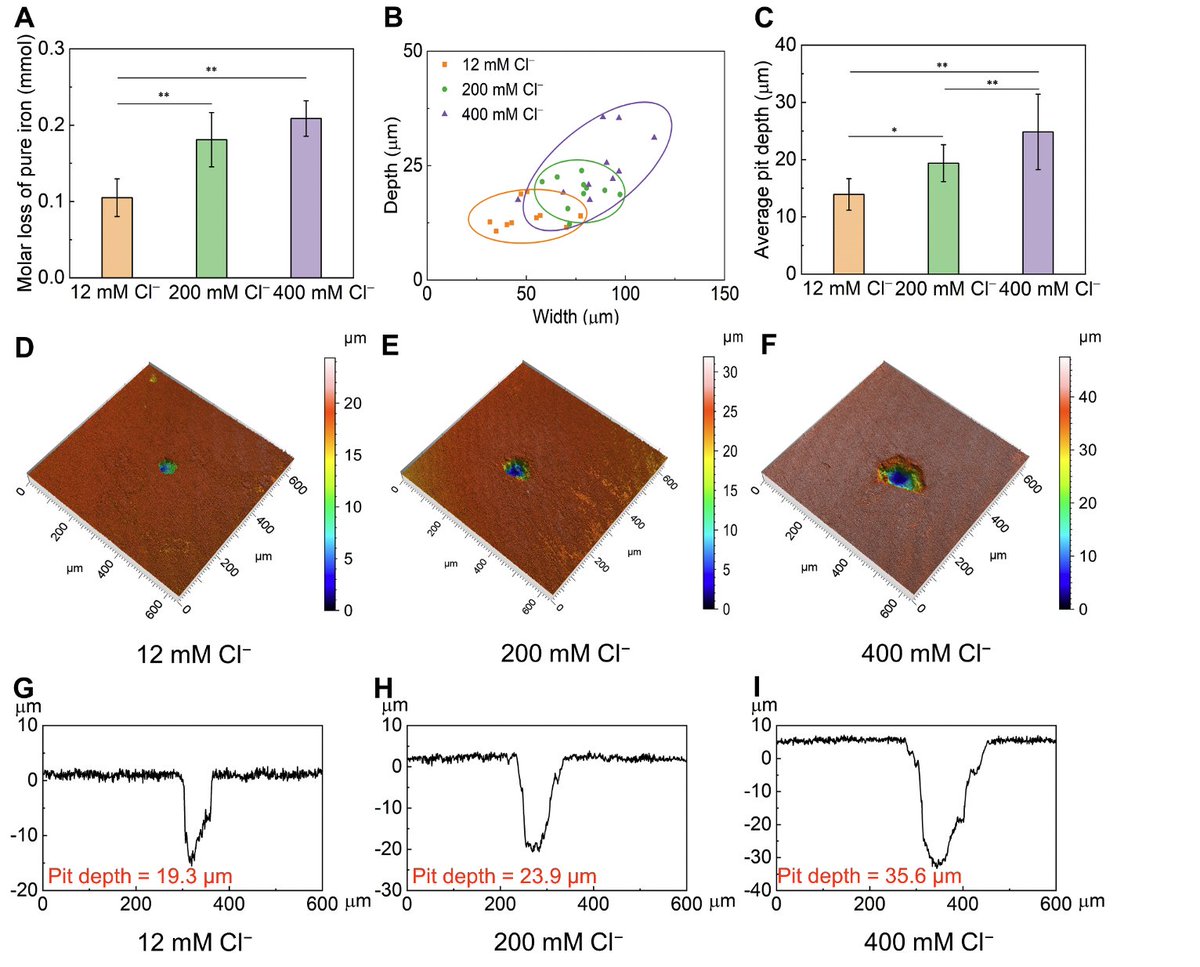
Derek Lovley
@microbeelectric
Enjoying the little (microbial) things
"Out of the mud and into the clean room"
Electromicrobiology. Bioenergy. Sustainable Electronics. Corrosion.
ID: 2939613928
http://www.geobacter.org 24-12-2014 14:48:10
1,1K Tweet
3,3K Followers
459 Following

Electrobiocorrosion by microbes without outer‐surface cytochromes onlinelibrary.wiley.com/doi/full/10.10… No cytochromes? No problem. Direct electron uptake from Fe(0) without ‘traditional’ extracellular electrical contacts. Further elucidating these new mechanisms should be fun but challenging





Expression of filaments of the Geobacter extracellular cytochrome OmcS in Shewanella oneidensis …iencejournals.onlinelibrary.wiley.com/doi/10.1002/bi… Expressing Geobacter OmcS in S. oneidensis enhances EET, but only when functional porin-cytochrome conduits are present to move electrons to the outer surface.





🦠🔋A new #mLife work by Derek Lovley et al. found that syntrophic methanogens and acetogens that perform electroactive corrosion lack important outer surface c-type cytochromes previously identified in other electroactive microbes. Wiley Microbiology doi.org/10.1002/mlf2.1…



Iron Corrosion is a Gas! onlinelibrary.wiley.com/doi/full/10.10… • Desulfovibrio vulgaris is incapable of direct metal-to-microbe electron transfer even with supplementary energy & ferrous sulfide • H2 removal is not necessary for the enhanced corrosion observed in the presence of microbes

Microbial nanowires can be integrated in electronic devices for sensing, electricity generation and neuromorphic memory! In their Review, Derek Lovley et al discuss their functional re-engineering for sustainable electronics Derek Lovley go.nature.com/4eMv6pn


The worldwide economic cost of microbial corrosion is likely to exceed a trillion dollars a year. A new #mLife study by Derek Lovley et al. shows that Desulfovibrio vulgaris promotes corrosion by producing sulfide during sulfate reduction. doi.org/10.1002/mlf2.1…








